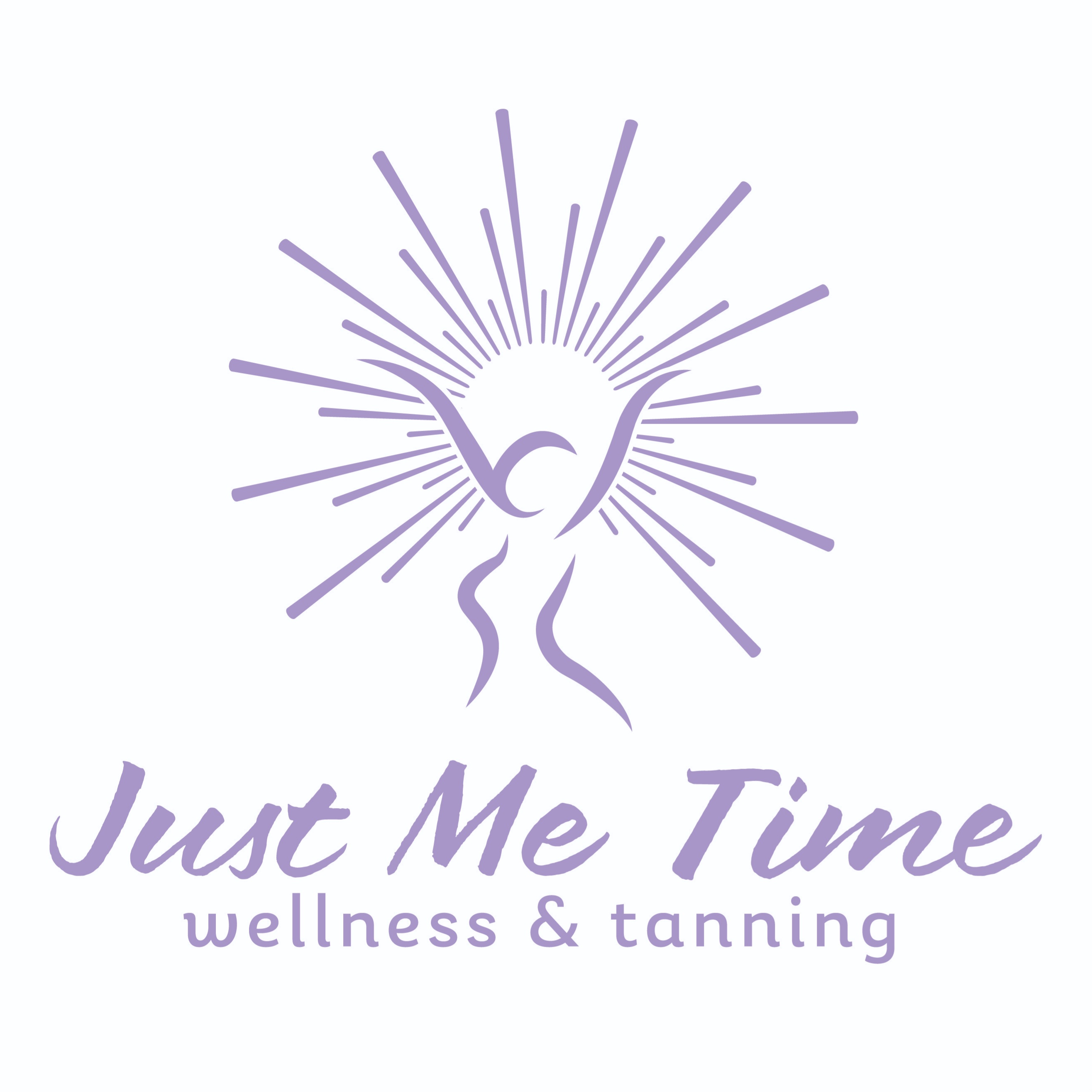Skin Cancer Awareness: Understanding the Risks and Realities
- Just Me Time null
- May 22
- 3 min read
Updated: Jun 6
Introduction
Skin cancer is the most common form of cancer in the United States. As awareness grows, it is crucial to understand the facts. Over 6 million people receive treatment annually for skin cancer, which raises valid concerns. However, it is important to place this concern in context. When compared to other life-threatening diseases, the mortality rate from skin cancer is significantly lower, especially when detected early. So, how worried should we really be?
Let's explore the facts.
The Reality of Skin Cancer in the U.S.
Each year, approximately 6.1 million Americans receive treatment for skin cancer. Among these cases, melanoma—the deadliest type—accounts for around 90,000 new cases annually. While melanoma is serious, advancements in detection and treatment have greatly improved outcomes. In 2022, about 8,214 people in the U.S. died from melanoma, representing a relatively small portion of all cancer-related deaths.
Basal cell carcinoma and squamous cell carcinoma are the most common forms of skin cancer. These types are usually non-lethal and highly treatable when caught early. Cases of basal and squamous cell carcinomas rarely make headlines or drive public fear. Nevertheless, they make up the bulk of skin cancer diagnoses.

Global Perspective: Where Skin Cancer Hits Hardest
Interestingly, the highest rates of skin cancer aren’t in the U.S., but in other regions like Australia and New Zealand. Here’s a look at the top 10 countries by skin cancer rates (per 100,000 people):
Australia – 36.6
New Zealand – 31.6
Denmark – 29.7
Netherlands – 27.0
Norway – 26.7
Sweden – 25.9
Switzerland – 25.3
Ireland – 24.6
Germany – 23.9
10. United Kingdom – 23.4
This trend reflects regional differences. Factors like UV exposure, outdoor lifestyles, and lighter skin types that are more vulnerable to sun damage contribute to these statistics.
Skin Cancer vs. Other Deadly Diseases
To truly grasp the threat posed by skin cancer, we can compare it with other common, deadly diseases in the U.S. Here’s a table that highlights the difference:
| Disease | Annual Deaths | 5-Year Survival Rate |
|------------------------|---------------|-----------------------|
| Lung Cancer | ~135,720 | ~22% |
| Colorectal Cancer | ~52,980 | ~65% |
| Pancreatic Cancer | ~49,830 | ~11% |
| Breast Cancer | ~43,250 | ~90% |
| Prostate Cancer | ~34,130 | ~98% |
| Melanoma (Skin) | ~8,214 | ~93% |
As shown, melanoma has one of the highest survival rates, especially when detected early. In contrast, lung or pancreatic cancer has much lower survival rates and claims significantly more lives.
Understanding the Fear Surrounding Skin Cancer
Part of the anxiety surrounding skin cancer stems from decades of warnings about sun exposure, tanning beds, and the state of the ozone layer. While unprotected sun exposure can increase risk, most skin cancers can be prevented and treated effectively. Education and awareness are the keys—not alarm.
Modern dermatology emphasizes regular skin checks, using sunscreen, and avoiding tanning beds. Following these practices can dramatically reduce your risk of developing severe skin cancer.
The Importance of Education
It's vital to educate ourselves and others about skin cancer. Many individuals don't fully understand the differences between the types of skin cancers. Awareness campaigns can help dispel myths and reduce unnecessary fears.
Putting It All in Perspective
When discussing cancer, it’s easy to get swept up in fear. Not all cancers carry the same risks. Skin cancer, although widespread, is one of the most preventable and treatable types. The numbers are telling:
Over 90% survival rate for melanoma when caught early.
Millions treated successfully each year with minimal intervention.
Death rates far lower than many other common cancers.
While we should not be careless with our skin, preventive care—including wearing sunscreen and limiting unnecessary UV exposure—is essential. It's time we shift the focus from fear to empowerment.

Conclusion: Awareness Without Alarm
Rather than living in fear of the sun, we should embrace a balanced approach. Stay informed, practice good skin care, and see a dermatologist for regular checkups. By focusing on prevention and early detection, we can manage skin cancer effectively without succumbing to unnecessary worry.
In the broader landscape of health risks, skin cancer deserves our attention—but not our panic. Let’s aim for awareness, not alarm, and empower ourselves with facts over fear.
Remember: awareness is essential, and taking proactive steps can significantly decrease risks.





Comentarios